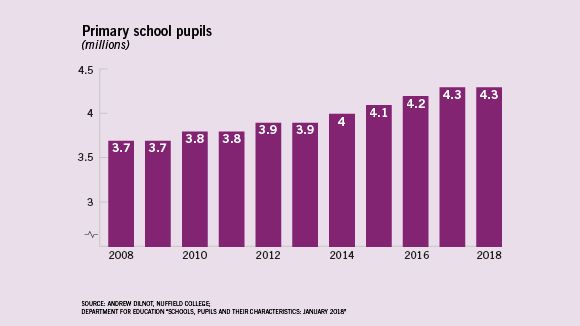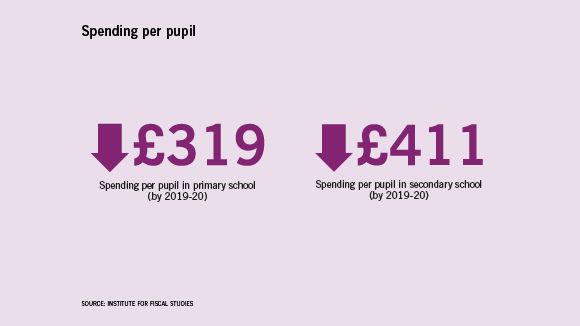Over long decades, while it’s been “go” for health spending, education has stalled
One Birmingham school recently announced it was shutting up shop on Friday afternoons, and Labour MP Jess Phillips quipped she’d be dropping her son off to be minded at No 10. There is suddenly a rising sense, among parents and teachers, of a real funding crisis in the classroom. This is despite the fact that, as ministers like to point out, the “core schools budget” is as high as ever. So what’s going on?
On a long view, education has been the relative loser in the welfare state since at least the 1970s. For decades its share in national income was squeezed, and though it recovered after Tony Blair famously named it as his priority one, two and three, it never rose as fast as health.

Lacking the NHS’s special shield from the cuts, education also suffered more of a squeeze under austerity. Until 2015, though, much of the pain was falling on non-schools areas of the budget, such as tertiary colleges. But now demographics are compounding the difficulties of protecting basic schooling: rocketing rolls at primary schools are about to feed through into secondaries. As a result, whatever may have happened to the “core schools budget” up until now, the IFS calculates that, over the last five years, the cumulative drop in spend per pupil now tots up to several hundred pounds.

SOURCES: INSTITUTE FOR FISCAL STUDIES; ANDREW DILNOT, NUFFIELD COLLEGE, OXFORD; DEPARTMENT FOR EDUCATION “SCHOOLS, PUPILS AND THEIR CHARACTERISTICS: JANUARY 2018”













